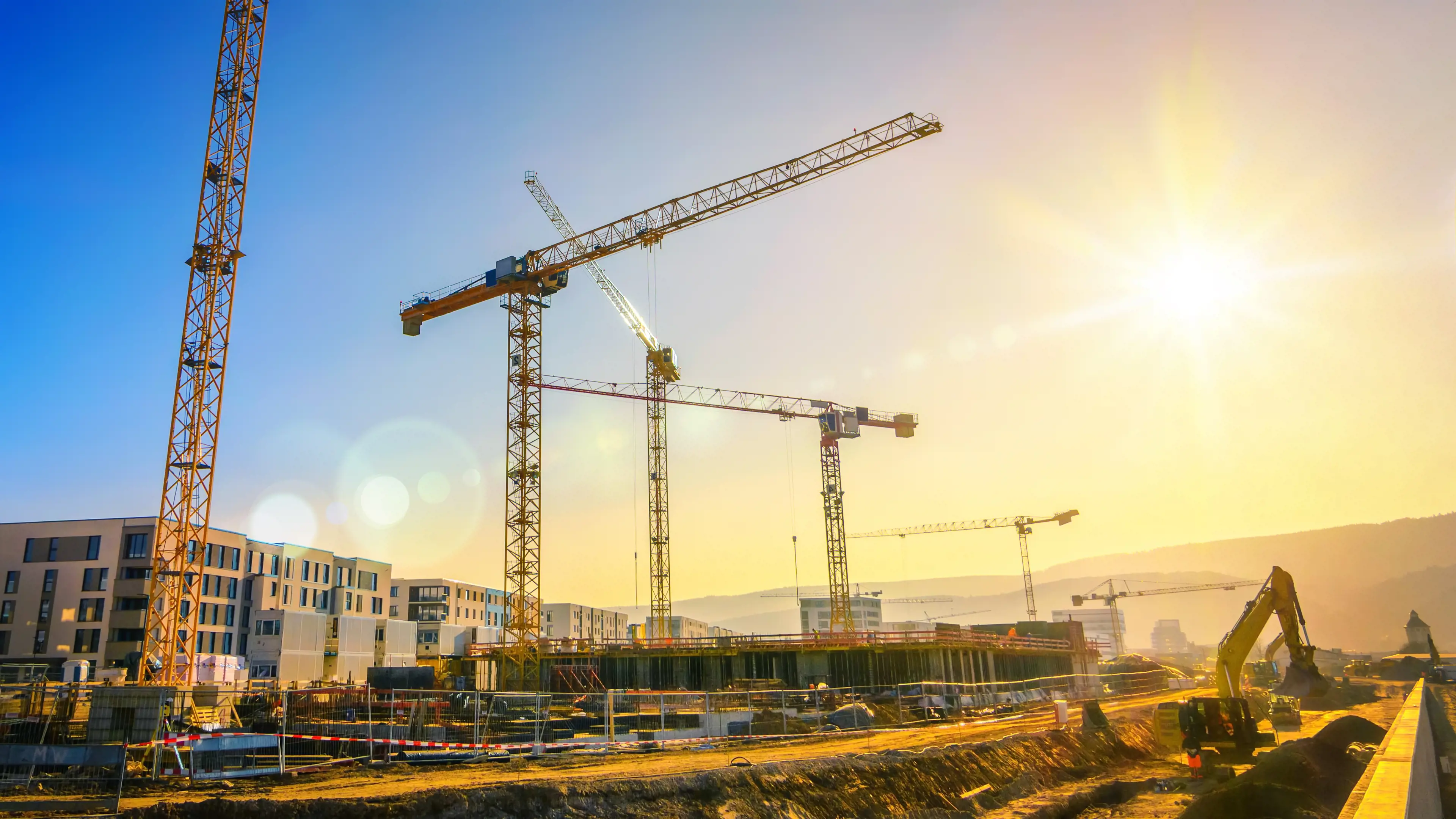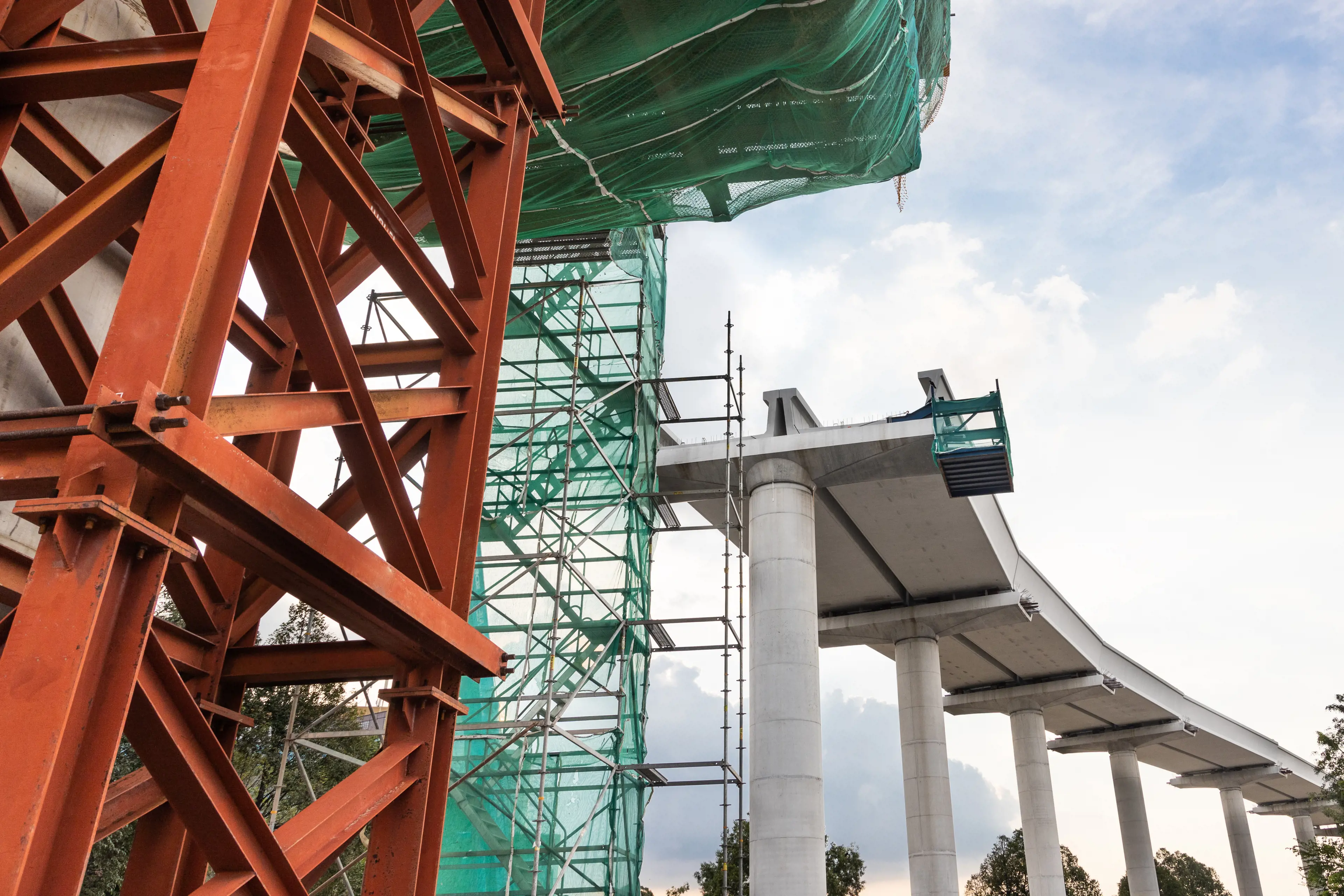23/06/2023·5 mins to read
Critical thinking for a critical role: the future of local government

The Future for Local Government Review Panel released its final report this week; He piki tūranga, he piki kōtuku - The future for local government.
The Panel’s final report was the end result of a more than two-year process that involved the preparation of interim and draft reports, and extensive consultation with key stakeholders (including LGNZ and Taituarā), local authorities and communities.
In this article, we outline the Panel’s recommendations and discuss some of the key issues and recommendations.
Recap: How did this report come about?
A number of fundamental structural changes have been under way for local government for several years, with the water services and resource management reforms currently before the house and expected to shortly become law.
In light of these reforms, the significant changes that they make to the role and functions of local government, and a desire from the local government sector for greater certainty about what its future would look like post-reform, the then Minister for Local Government initiated an independent review by the Future for Local Government the Panel in early 2021.
The scope of the review was expansive, to “identify how our system of local democracy and governance needs to evolve over the next 30 years, to improve the wellbeing of New Zealand communities and the environment, and actively embody the Treaty partnership”. The Panel was tasked with considering (without limitation) what local government does, how it does it, and how it pays for it. The full terms of reference here.
An important part of the backdrop to the review, and since the 1989 reorganisation and implementation of the Local Government Act 2002 (the Act), is the ever-present funding and capability challenges the sector have faced. It is no surprise that those issues form a significant part of the Final report recommendations.
17 recommendations, grouped by themes
Increasing funding
The funding gap is growing for local government, and decision-making / activities are being constrained by both an inability to generate sufficient revenue, and take on additional debt.
The Panel has highlighted these long-standing issues, but remains of the view that rating should be the primary revenue tool for councils, supplemented by a wider range of tools and increased central government investment. As a starting point the Panel has recommended that:
- A $1 billion annual fund be established, to assist councils to pay for projects that support wellbeing and local democracy (and which could include capacity) - and which is not subject to central government oversight.
- An intergenerational fund for climate change adaptation is established, which could also capture mitigation activities.
- The Crown pay rates on Crown properties, and that there be a return on rates (equivalent to GST levels).
- Other funding tools be made available, including roading charges, bed taxes and visitor levies, value capture targeted rates.
Local Government to be a te Tiriti partner
The Panel recommends amending the LGA to explicitly recognise local government as a partner to Te Tiriti. The Panel considers that this will ensure that councils are investing in strengthening their capabilities within the areas of “Te Tiriti o Waitangi, te ao Māori values, mātauranga Māori, tikanga, and the whakapapa of local government”, and that it will lead to a greater degree of collaboration and shared decision-making between Māori and councils. A key focus of the Panel’s report is on fostering Māori capacity to contribute to decision making and consultation processes, and to that extent the Panel considers that a new statutory requirement to development and agree formal and binding ‘partnership frameworks’ should be introduced.
Reorganisation
Two models have been proposed by the Panel for a re-shaped local government sector: a unitary model (which would be largely based on regional boundaries), and a “combined network model”. In practice, the unitary model resembles the Auckland Council structure, with local or community boards, but with the addition of new ‘ward committees’.
The combined network structure will retain local councils and local mayors, but with a combined council that will be responsibility for functions that affect the whole region, or which require specialist capability. In practice, this is a modification of the current structure – with regional councils becoming ‘combined councils’ that have a broader set of powers / functions (and which would have larger budgets).
Local and central government alignment
The Report highlights a lack of central-local government alignment, and considers that this should be addressed by the creation of two new entities:
- A dedicated Crown Department to facilitate the relationship between central and local government.
- A local government stewardship institution, tasked with strengthening the health and fitness of the system (and which will assess how central government decision making impacts on local government).
What happens next, and when?
While the Panel has recommended timing and a pathway for reform, the reality is that reform will only happen with political support. On this point, the timing of the Report is interesting, as political parties may be placed under pressure to announce their policy position on LGA reform ahead of the election (and the Panel itself presented this challenge at the official launch). Labour has confirmed that it plans to consider the Report after the election, and there has been a mixed response from the opposition parties to date.
If there is the political will to pursue reform, then the next question will be whether targeted reform in response to certain recommendations can be advanced, ahead of the wider system reorganisation recommended by the Panel. Given the current reforms progressing through the house, there may be a school of thought that says that less is more in the immediate future, until water / RMA reform bed-in. There is also a sense of “fatigue” within the local government sector given the scale of the existing water and RMA forms - although as noted earlier, these reforms are part of the reasons why local government needs to be “reimagined”.
Our comment
There is a need to consider the wider implications of certain recommendations. For example, the report recommends entrenchment of the purpose of the LGA (the four well-beings and local democracy), but before initiating that discussion it is important to fully understand what the well-beings legitimately provide for, and what local democracy means in a reimagined future system. For example, does ‘local democracy’ allow for participatory decision-making by communities, or is it a phrase that works within the construct of representative democracy only. Determining what ‘local democracy’ means will also be important if amendment to provide for a greater number of non-elected appointees is considered.
The recommended amendments to recognise councils as Te Tiriti partners is another area of potential risk. While increasing the capability of local government in te ao Māori and tikanga is critical for harmonious and well-functioning communities, legislating to codify a te Tiriti partnership could provide new, or additional, grounds for challenge of council decision-making. It is not clear whether this change could affect Council’s decision making under other Acts, its regulatory role, or how it will affect existing relationships (including those established under the RMA). Additionally, it is not clear what local government becoming a Treaty partner might mean for the relationship between the current Treaty partners, ie Crown and Maori.
In relation to funding, introducing new tools, or funding streams, for local government is clearly needed, but at the same time the inflationary pressures experienced by our communities are not going away. The easier (and less impactful) option for communities would be relying to a greater extent on central government, but this will be unlikely to come without some oversight. If central government was to provide greater funding to local government, then this could perhaps come with one of the two new entities recommended by the Panel - which could have a relational role (including over use of funding).
Finally, and while the Panel has recommended that Council’s must lead the reorganisation process in their own areas (an effective opt-in), unless the LGA is changed to streamline the amalgamation process (and potentially remove the extensive consultation requirements), based on recent attempts (ie Northland, Hawkes Bay, Wairarapa) it may be difficult to achieve any real structural change.
Get in touch
If you would like to know more about the Report and its potential implications, please get in touch with one of our experts.










